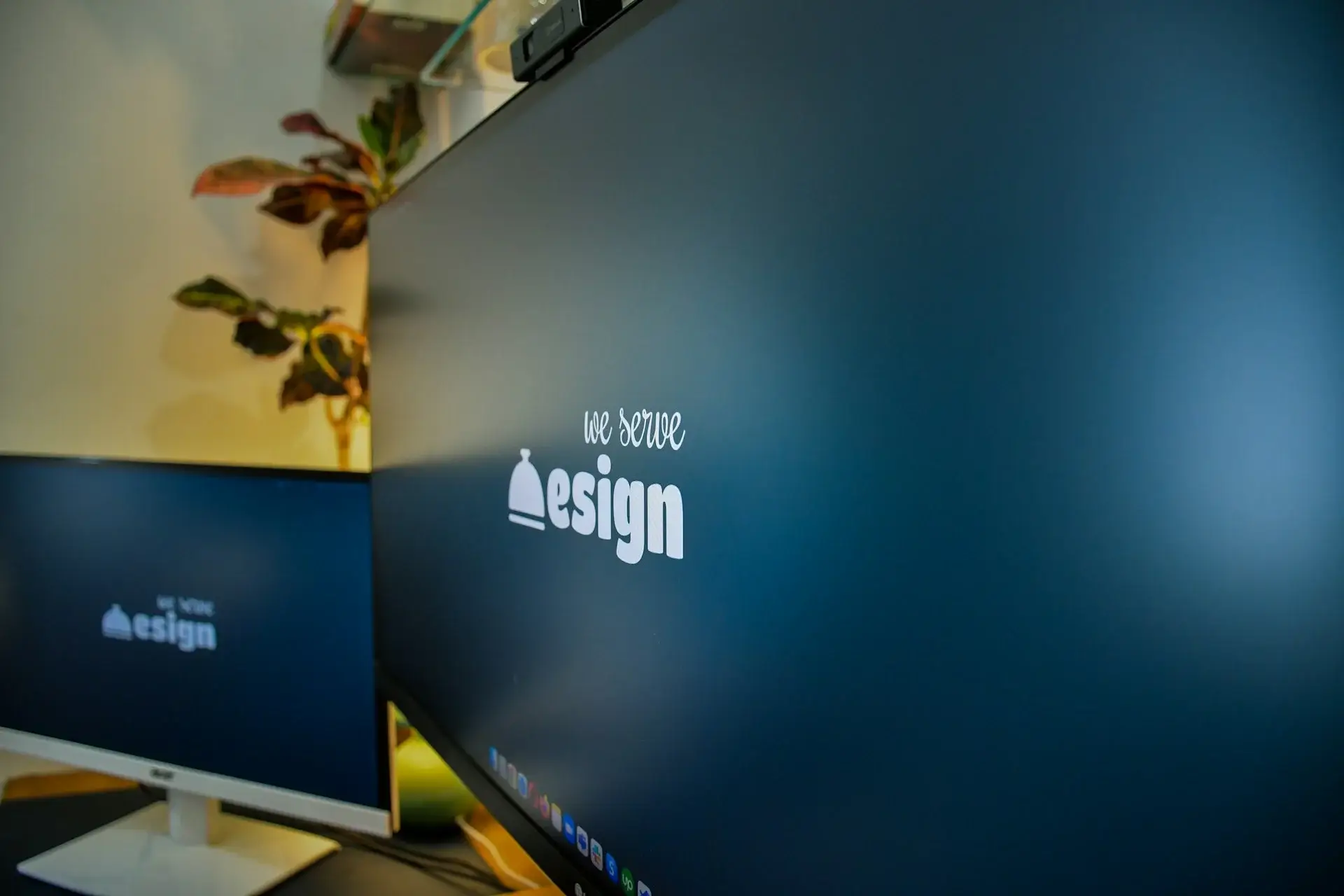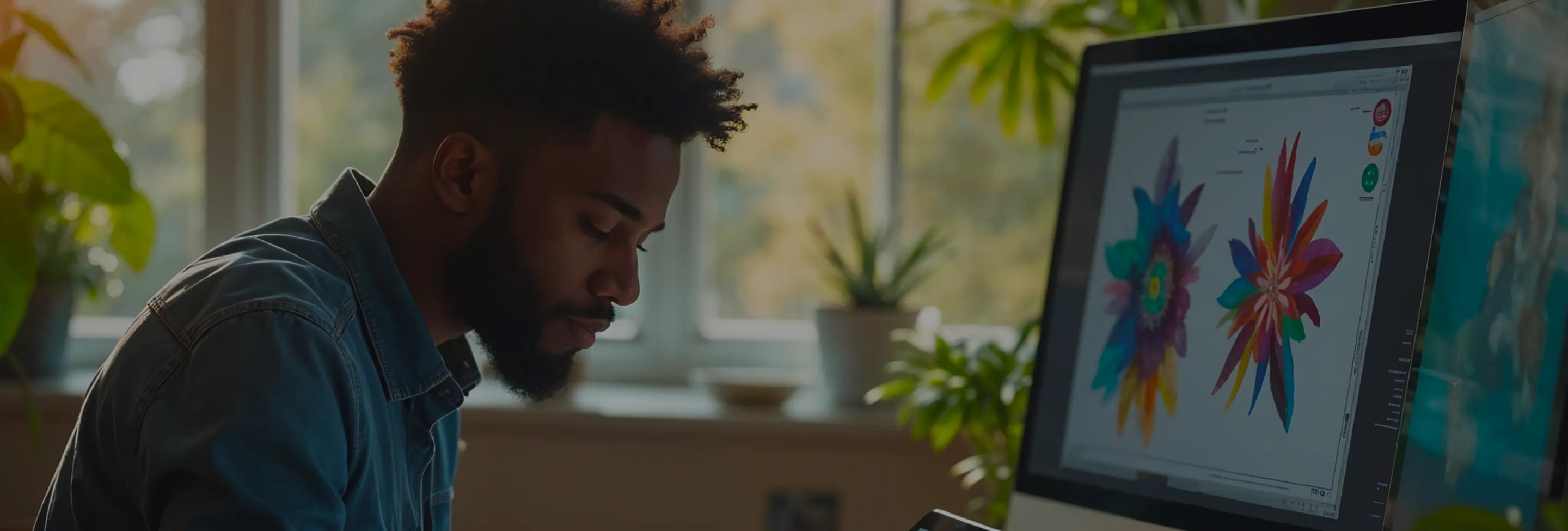
Our analysis of over 2,000 logo design projects revealed these 15 pivotal questions that shape successful brand identities. From foundational principles to advanced strategies, these expert-driven insights address the most critical aspects designers and businesses face when creating impactful logos. Whether you're a seasoned designer or embarking on your first branding journey, this comprehensive guide offers actionable solutions to common challenges in logo design.
A good logo design is simple, memorable, timeless, versatile, and appropriate. Simplicity ensures that the logo is easily recognizable and scalable across various mediums. Memorability aids in brand recall, while timelessness ensures longevity without appearing outdated. Versatility allows the logo to function in different sizes and colors, and appropriateness ensures it aligns with the brand's identity and industry.
Example: The Nike swoosh is a prime example of simplicity and memorability. It's easily recognizable and effectively represents the brand's dynamic and athletic image.
Color choice is crucial as it evokes emotions and conveys the brand's personality. Different colors can influence perception and behavior. For instance, blue often signifies trust and professionalism, while red evokes passion and urgency.
Actionable Tip: Research color psychology to choose hues that align with your brand values. Use color palettes that ensure visibility and contrast across various backgrounds.
Typography communicates the brand's voice and personality. The choice between serif, sans-serif, script, or decorative fonts can significantly impact the logo's perception. Consistent typography enhances brand recognition and ensures readability.
Example: Coca-Cola's script font conveys a sense of tradition and nostalgia, reinforcing its long-standing presence in the market.
Follow-Up Explanation: Adhering to a structured process ensures that the final logo is both creative and strategically aligned with the brand's goals.
To achieve timelessness, focus on simplicity and avoid following fleeting design trends. Prioritize clarity and relevance to the brand's core values. A timeless logo remains effective and relevant for decades without requiring significant alterations.
Actionable Tip: Conduct a trend analysis and selectively incorporate elements that have enduring appeal rather than trendy features that may quickly become outdated.
Troubleshooting Tip: Regularly test the logo in different sizes and mediums to ensure it maintains its integrity and effectiveness.
Configuration Sample:
Adobe Illustrator Settings:
- Artboard Size: 1000x1000 px
- Color Mode: RGB for digital, CMYK for print
- Units: Pixels for web, Inches for print
Vector graphics are essential for logo design as they allow for infinite scalability without loss of quality. This ensures the logo remains crisp and clear across all sizes and applications, from small icons to large banners.
Example: A vector-based logo can be resized for a mobile app icon without pixelation, maintaining its sharpness and detail.
Example: The FedEx logo cleverly uses negative space to create an arrow between the 'E' and 'x,' symbolizing speed and precision.
A logo serves as the visual cornerstone of a brand's identity. It encapsulates the brand's values, mission, and personality, acting as a reference point across all marketing materials. Consistent use of the logo reinforces brand recognition and loyalty.
Actionable Tip: Integrate the logo seamlessly into all brand touchpoints, including websites, social media, packaging, and advertising, to maintain a cohesive brand presence.
Follow-Up Explanation: Comprehensive usage guidelines prevent misuse and maintain the logo's integrity across different platforms and mediums.
Logos convey first impressions about a brand's reliability, professionalism, and values. A well-designed logo can evoke trust, attract attention, and differentiate the brand from competitors, ultimately influencing purchasing decisions and customer loyalty.
Real-World Example: Apple's minimalist and sleek logo communicates innovation, quality, and sophistication, aligning with its brand image and attracting a loyal customer base.
Example: Google frequently updates its logo with subtle changes and animations to stay current while maintaining brand recognition.
Integrate elements that reflect the brand's history, mission, or values. Use symbols, colors, and typography that tell a story and resonate emotionally with the audience. This creates a deeper connection and enhances brand loyalty.
Actionable Tip: Conduct a brand storytelling workshop to identify key narratives and ensure these themes are visually represented in the logo design.
Redesigning a logo involves balancing the preservation of brand recognition with the need for modernization. Challenges include maintaining familiarity, avoiding alienation of existing customers, and effectively communicating the reasons for the change.
Troubleshooting Tip: Engage stakeholders and gather feedback through surveys and focus groups to guide the redesign process and ensure it aligns with both brand evolution and audience expectations.
Navigating the complexities of logo design requires a blend of creativity, strategic thinking, and technical proficiency. By addressing these expert-driven questions, designers and businesses can create logos that not only capture attention but also embody the essence of the brand. Implementing these insights ensures that your logo stands the test of time, resonates with your audience, and effectively represents your brand's identity.
Important Note: Always consider the unique aspects of your brand and audience when applying these guidelines. While trends provide valuable inspiration, the most effective logos are those that authentically reflect the brand's core values and vision.




Subscribe to our newsletter to receive $100 off your first month of Tapflare's flat rate unlimited design and development service. Your coupon code will be sent to your email.